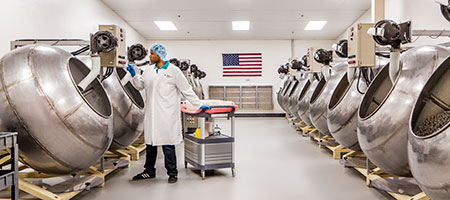Busy business owners looking for dependable workers’ compensation insurance choose EMPLOYERS, because we offer the right combination of services to help make your business easier to manage before, during and after workplace injuries happen. Learn more about workers’ compensation in general, our service area, and the industries we cover below to see if we’re a good fit for you and your business today.

Industries We Insure
EMPLOYERS specializes in providing affordable workers’ compensation insurance and services tailored to small businesses in low-to-medium hazard industries. Learn if your industry is a class we insure.




